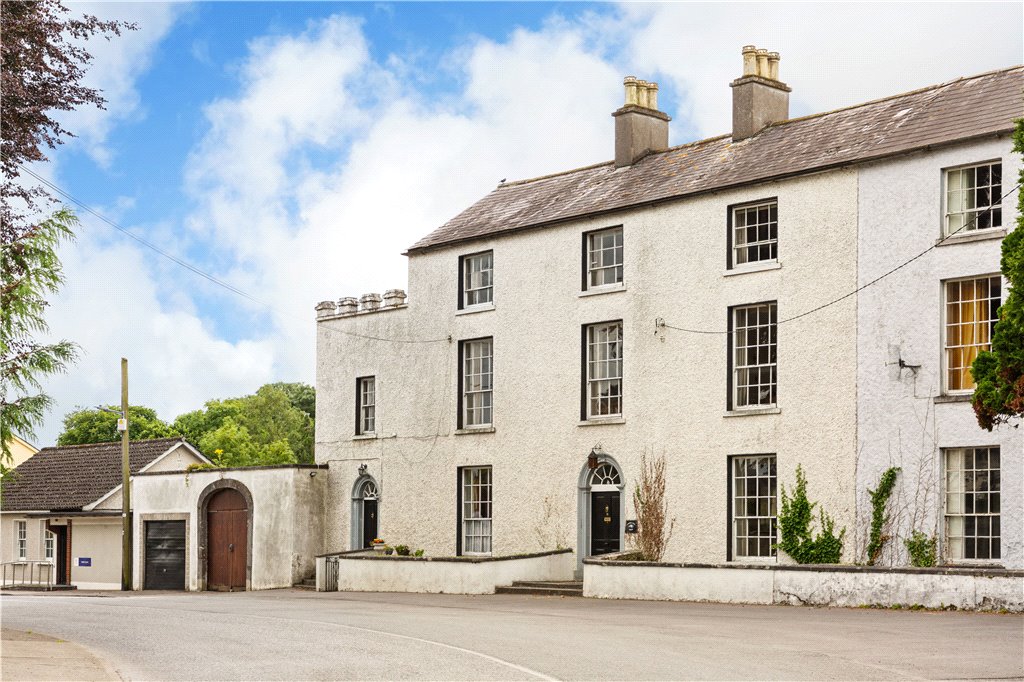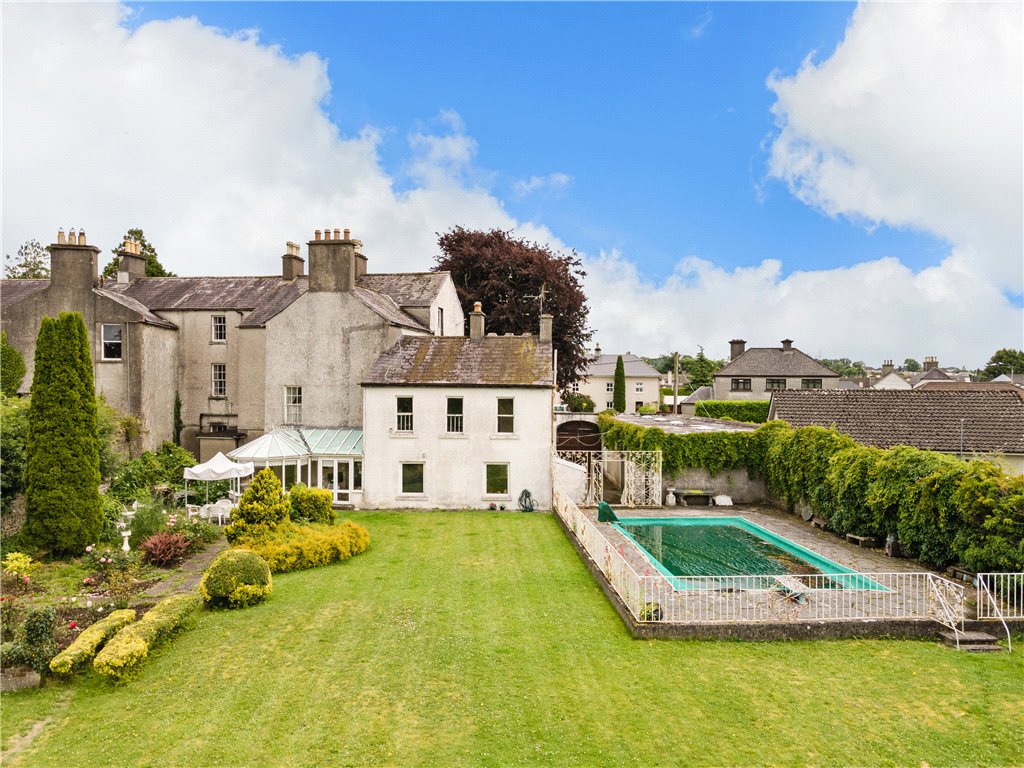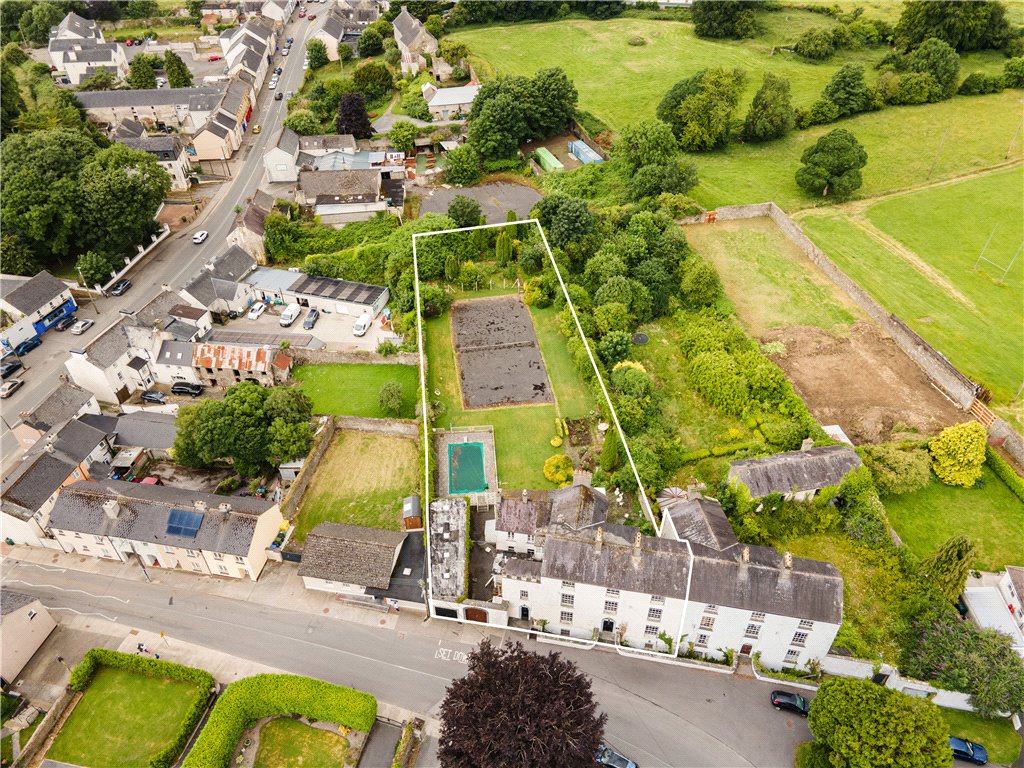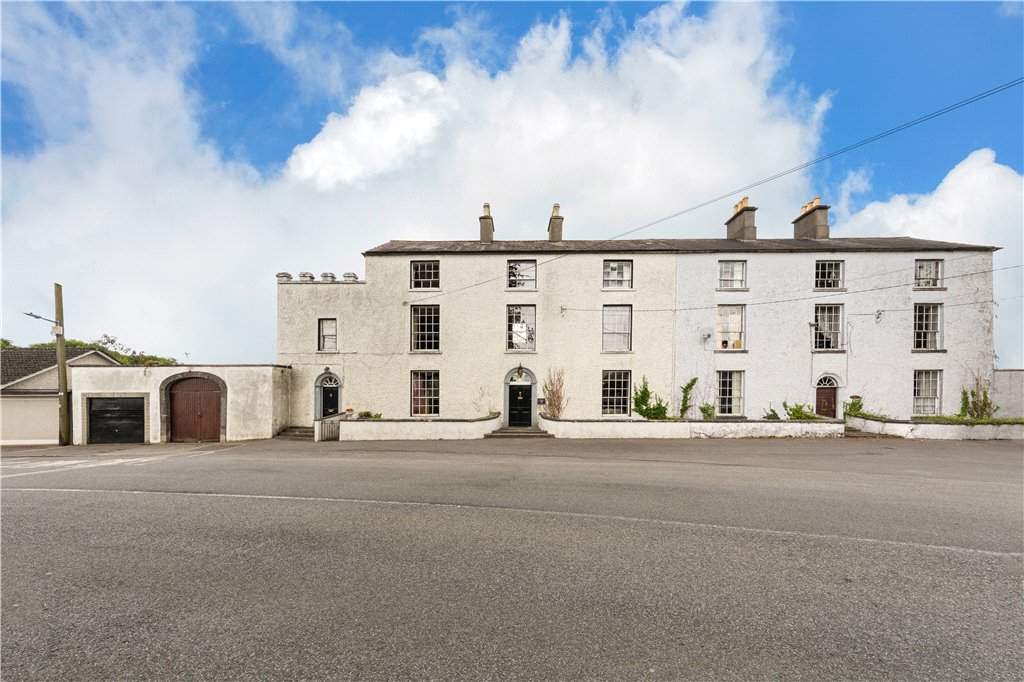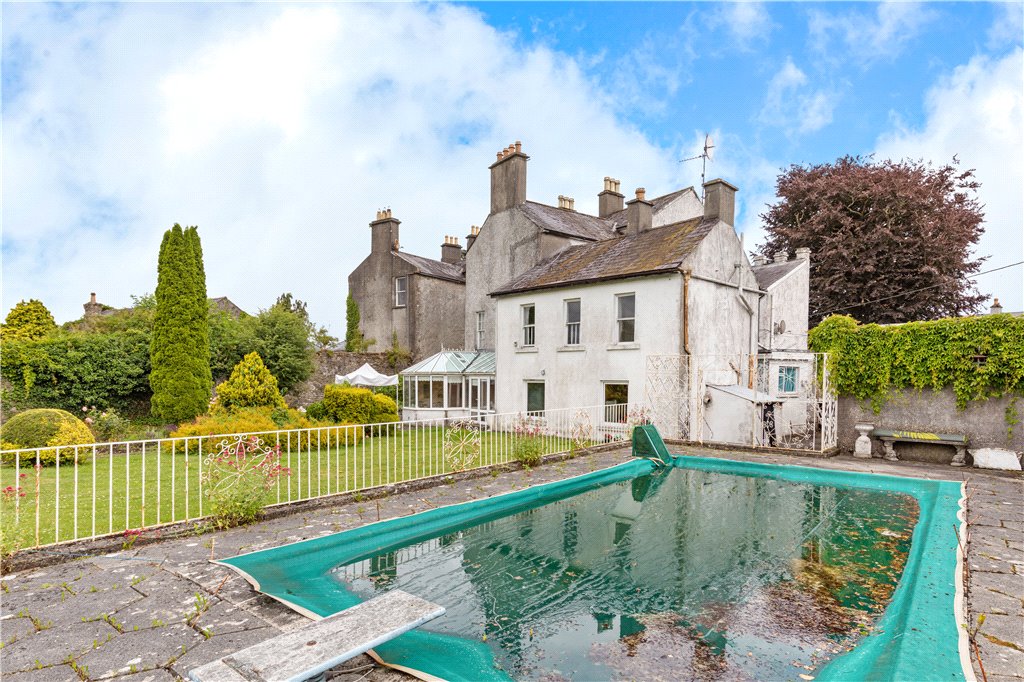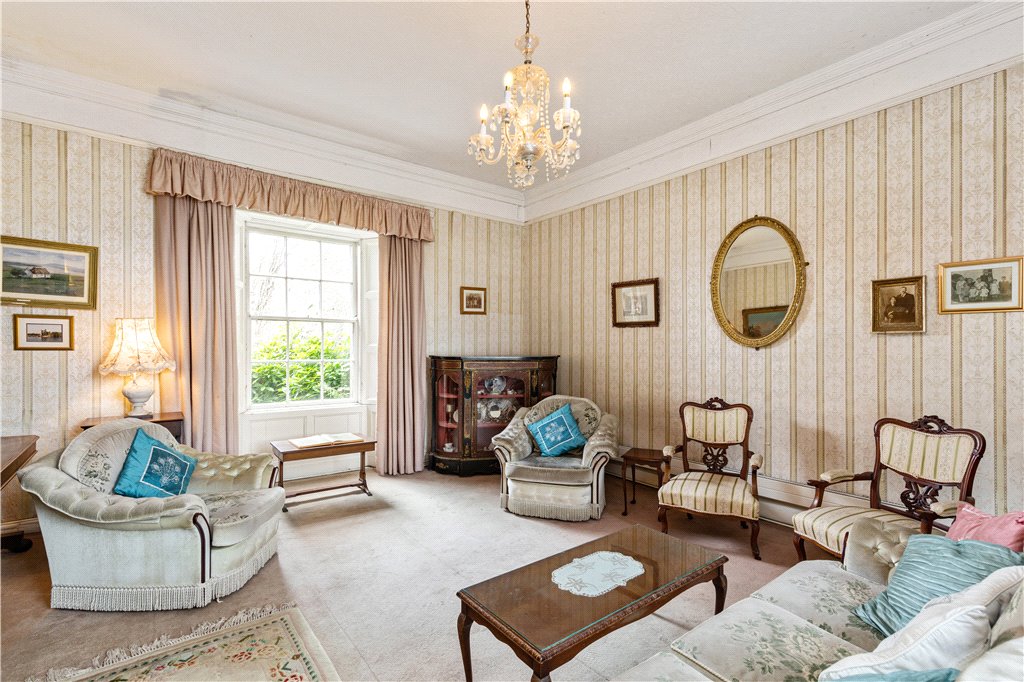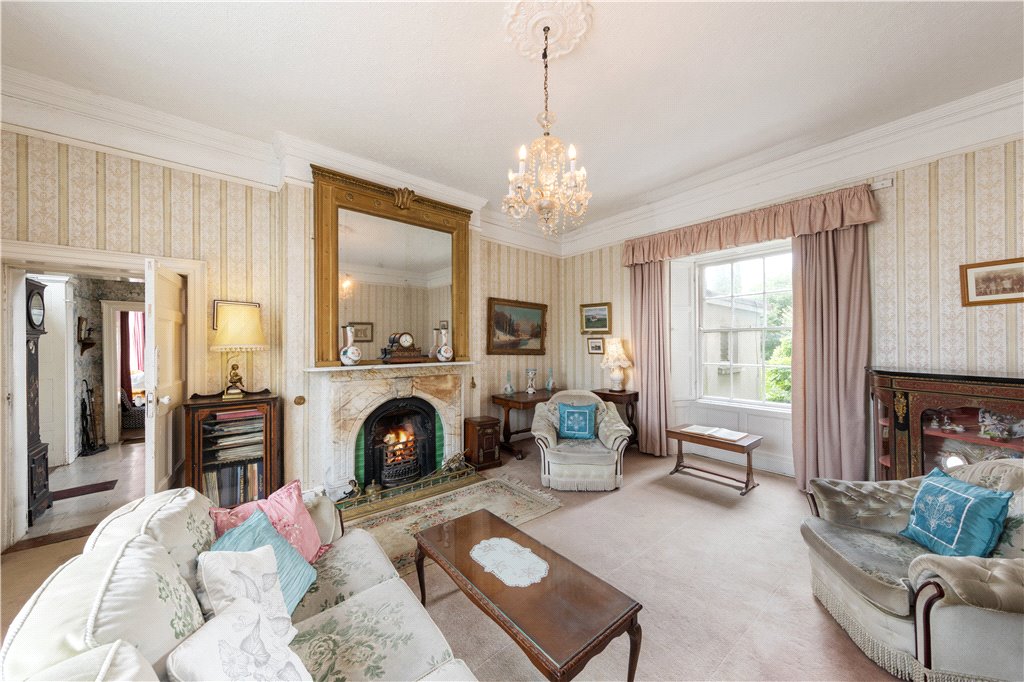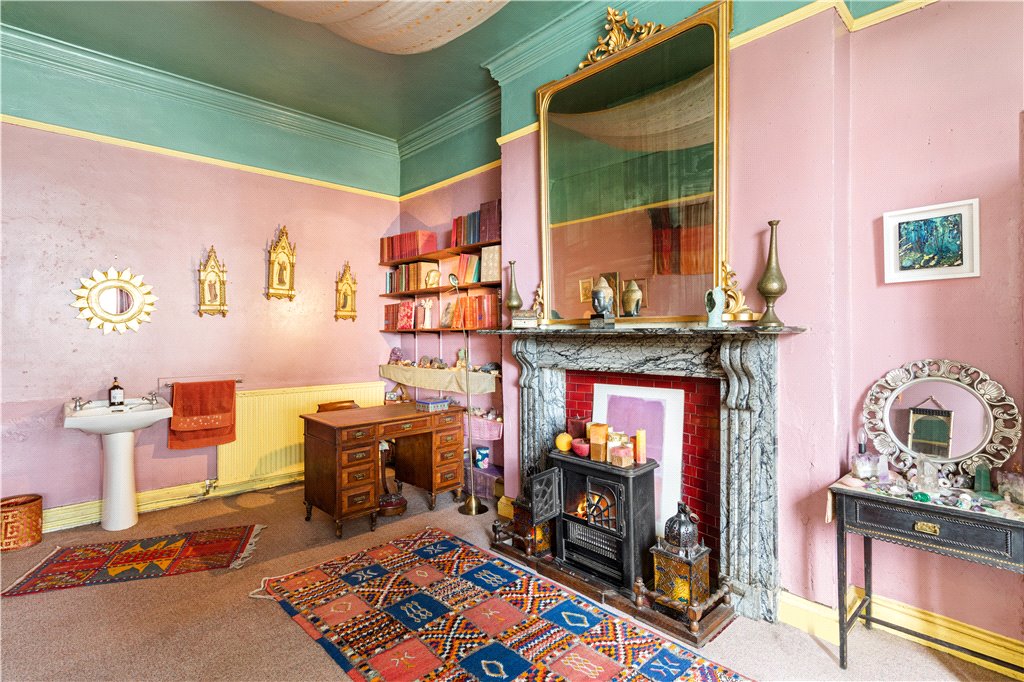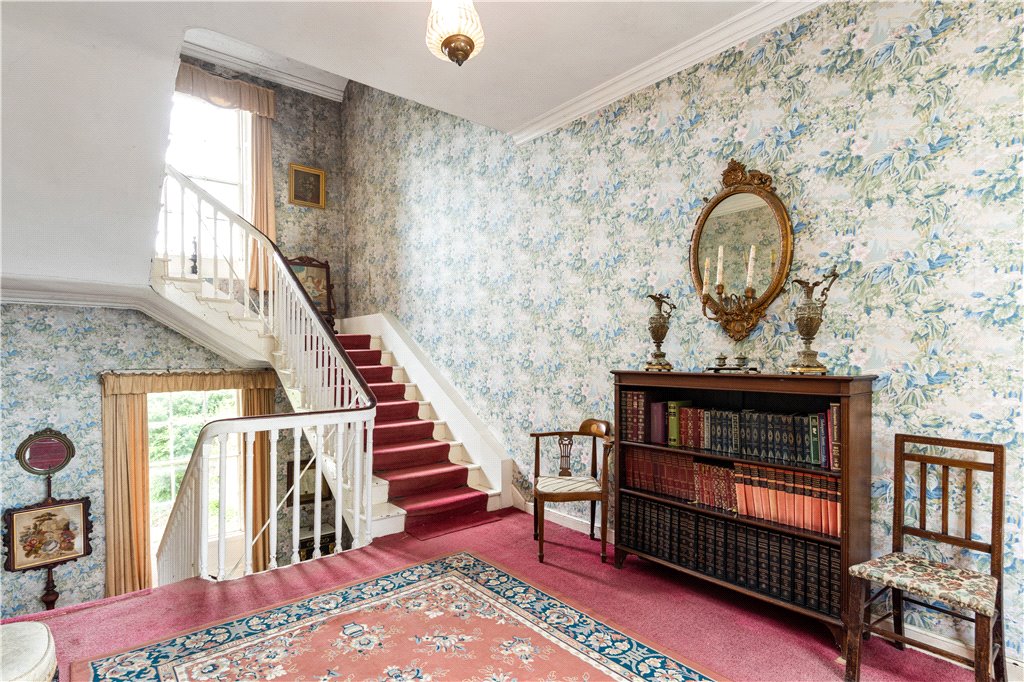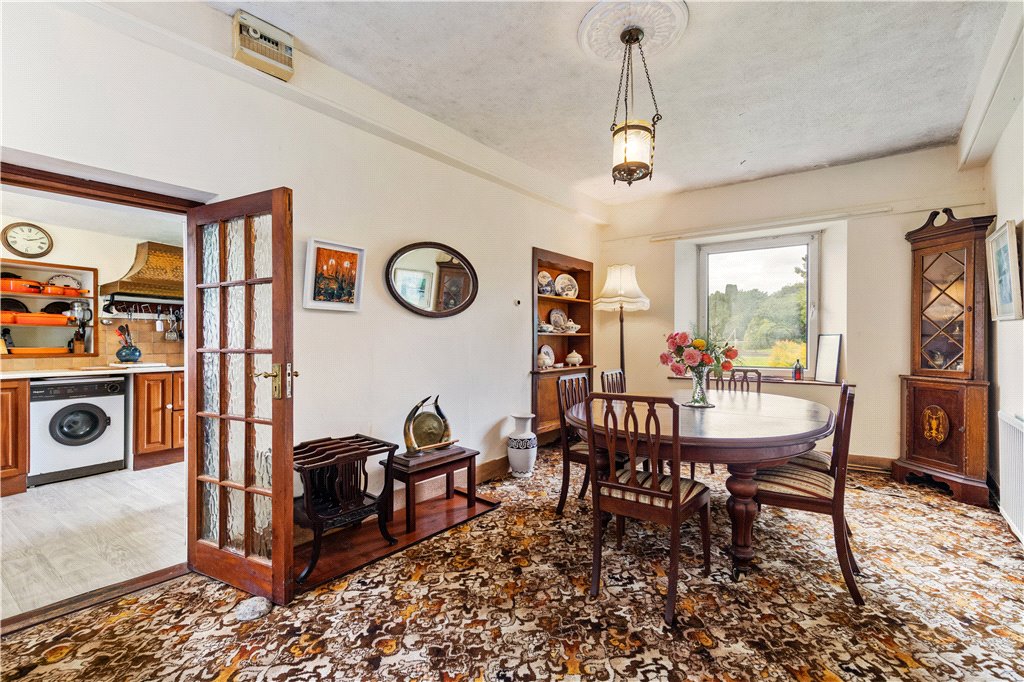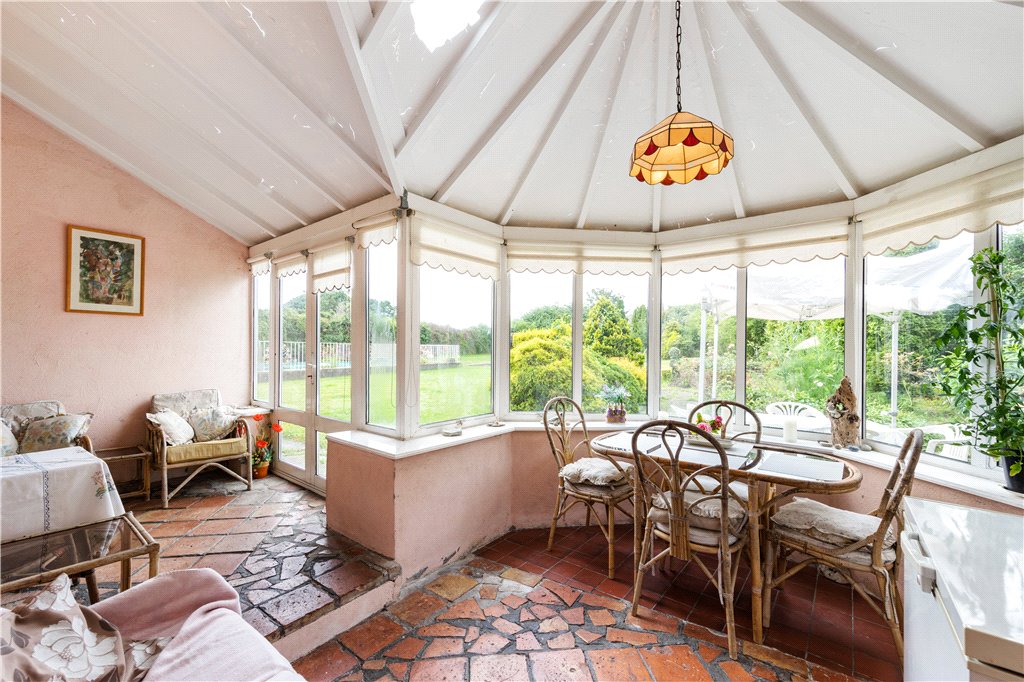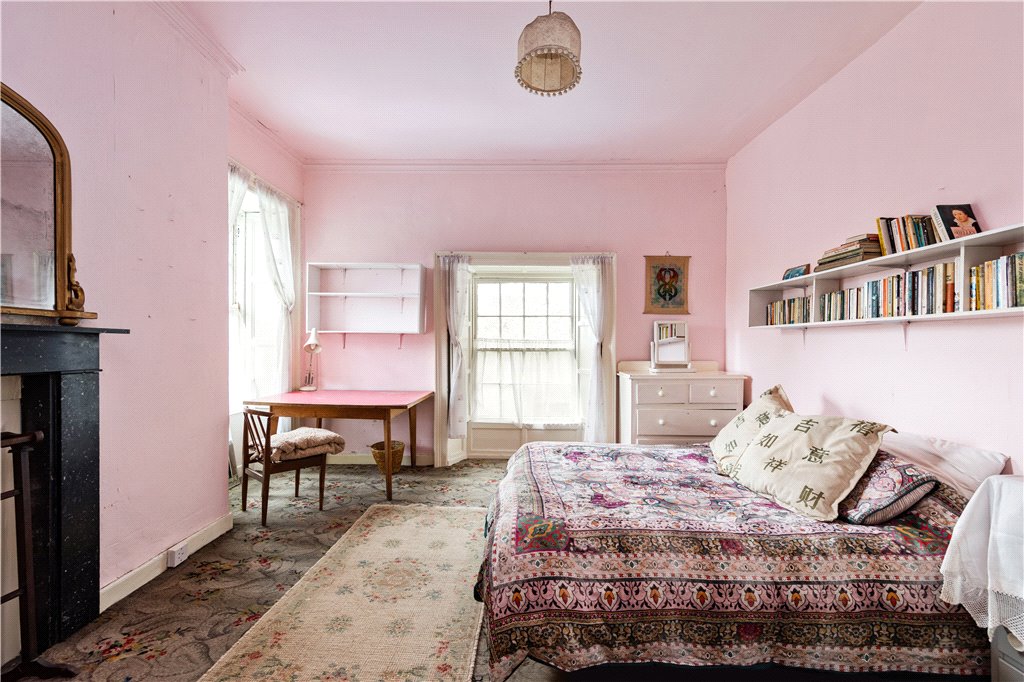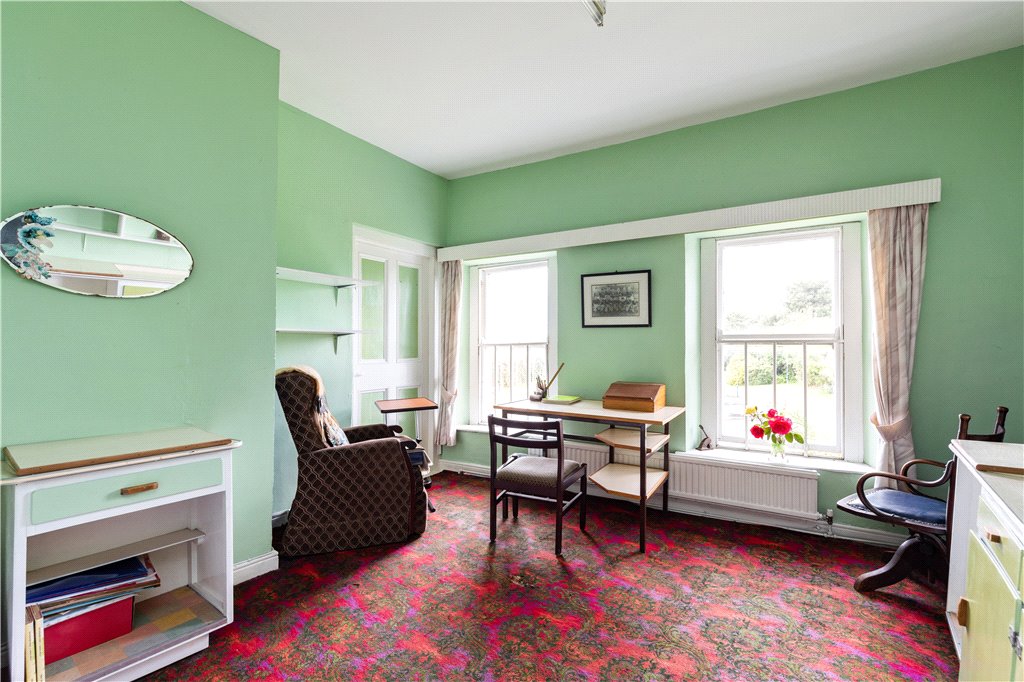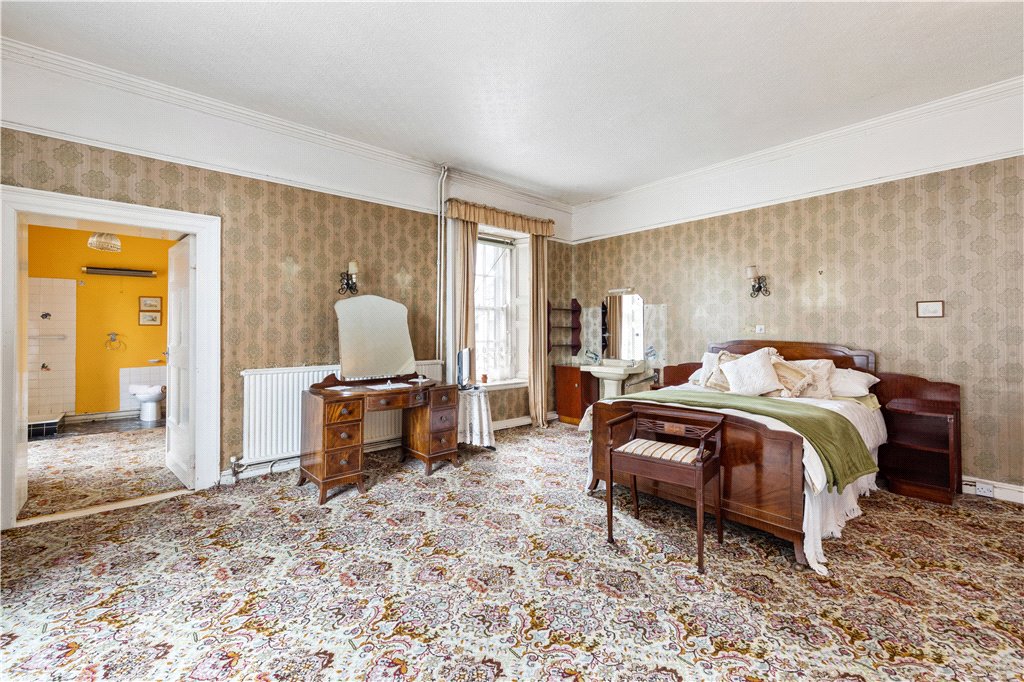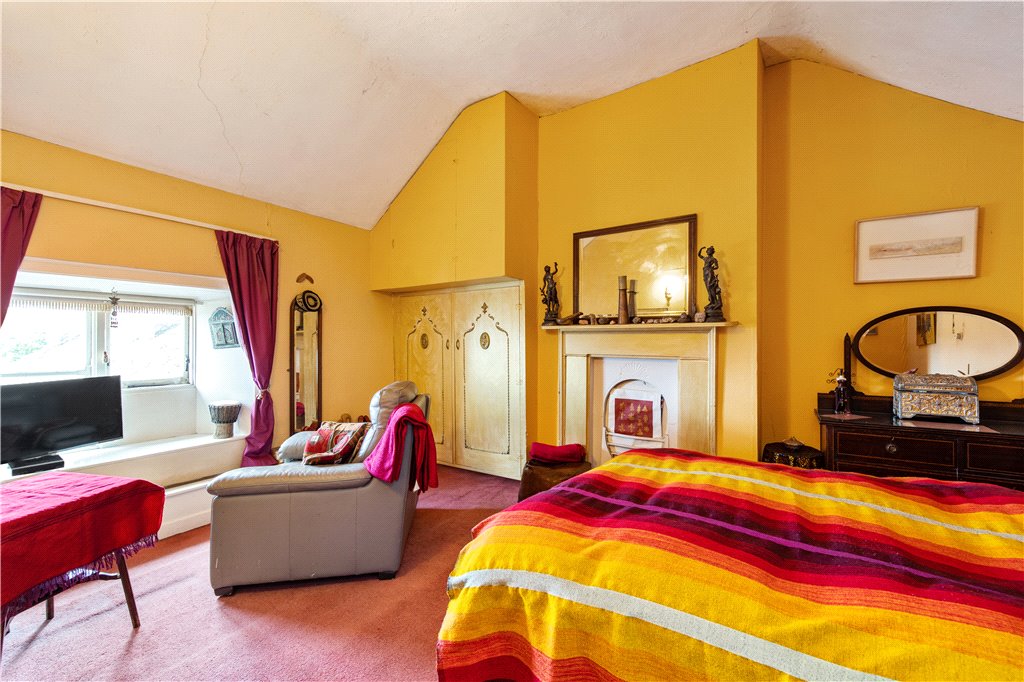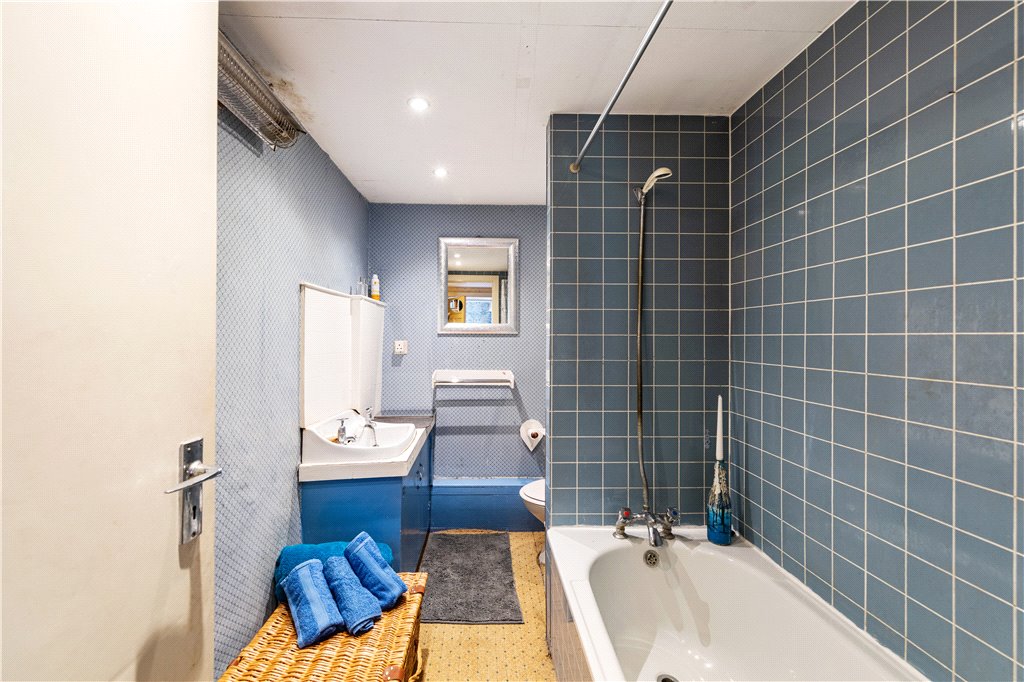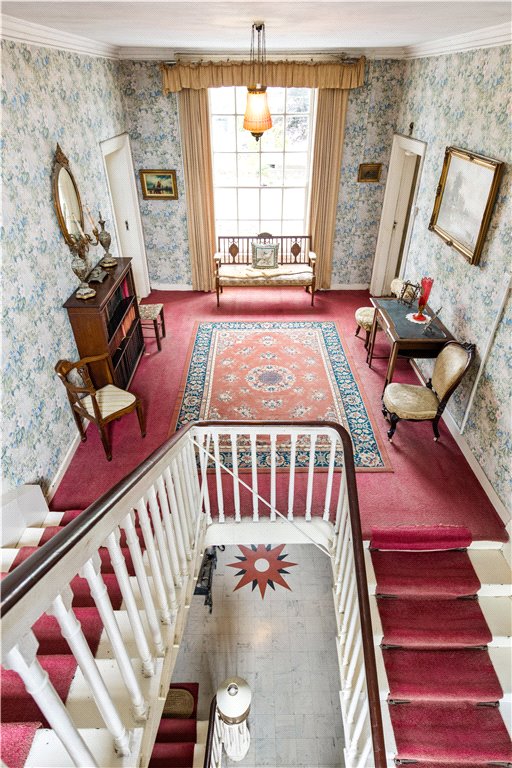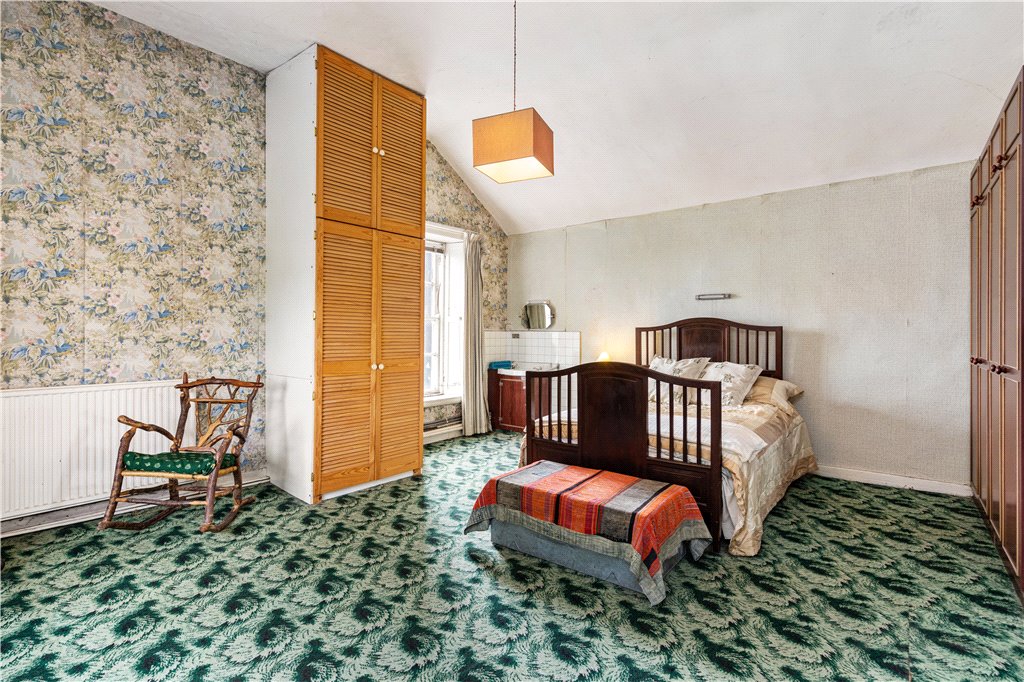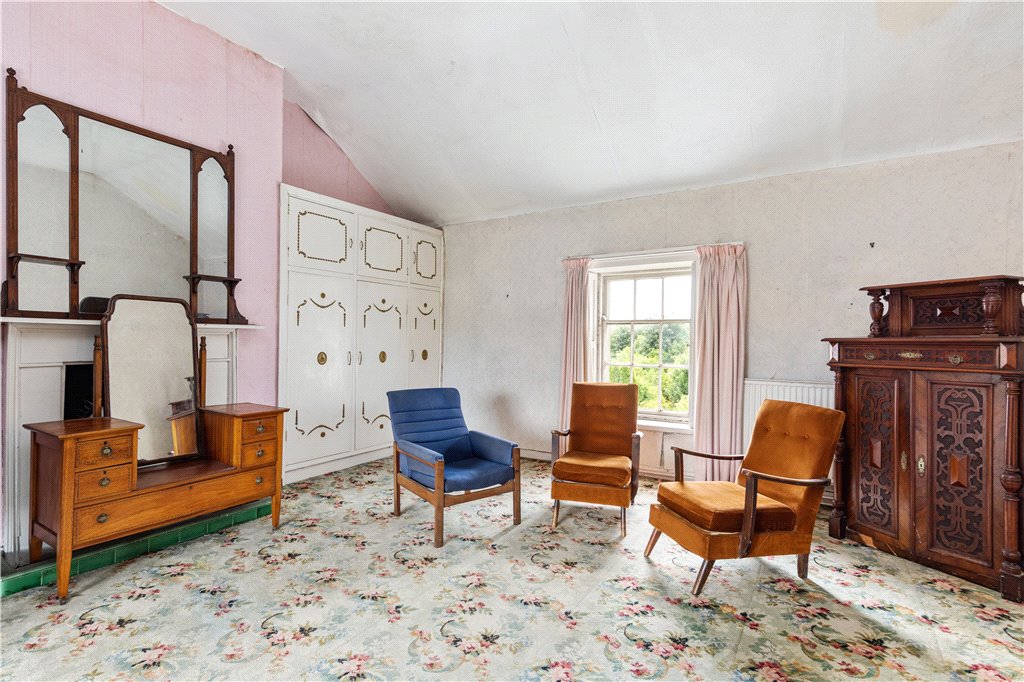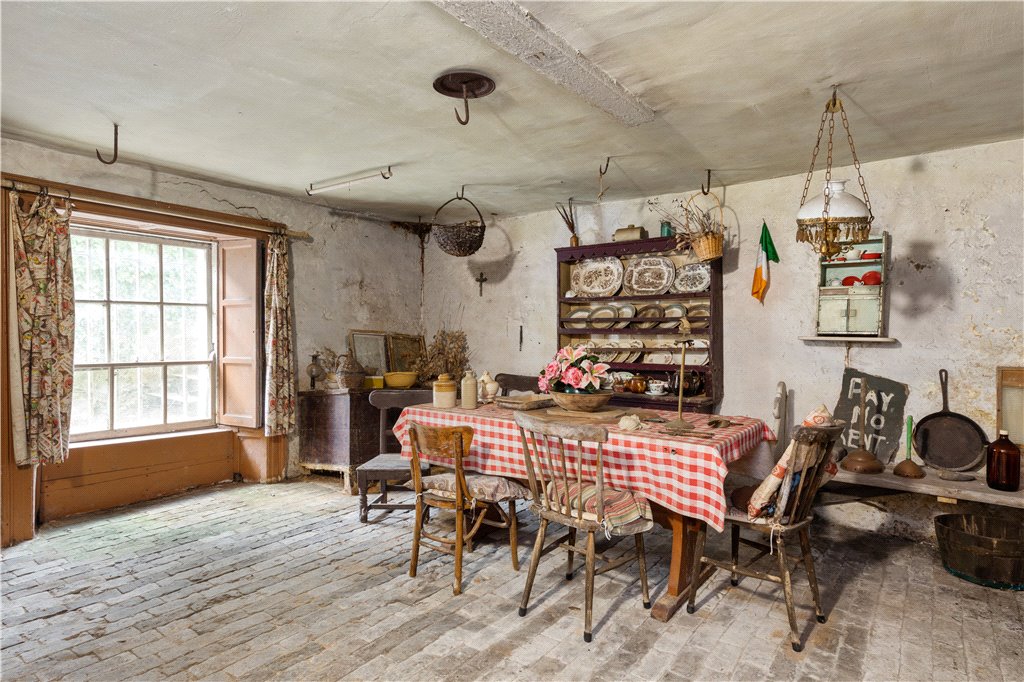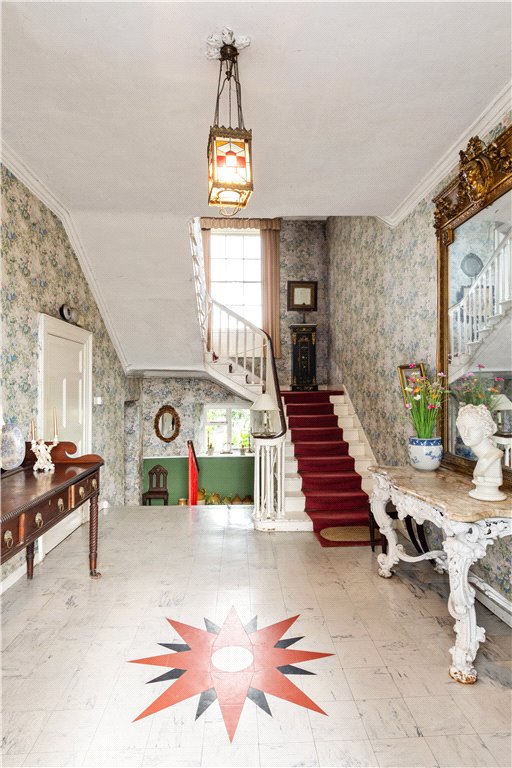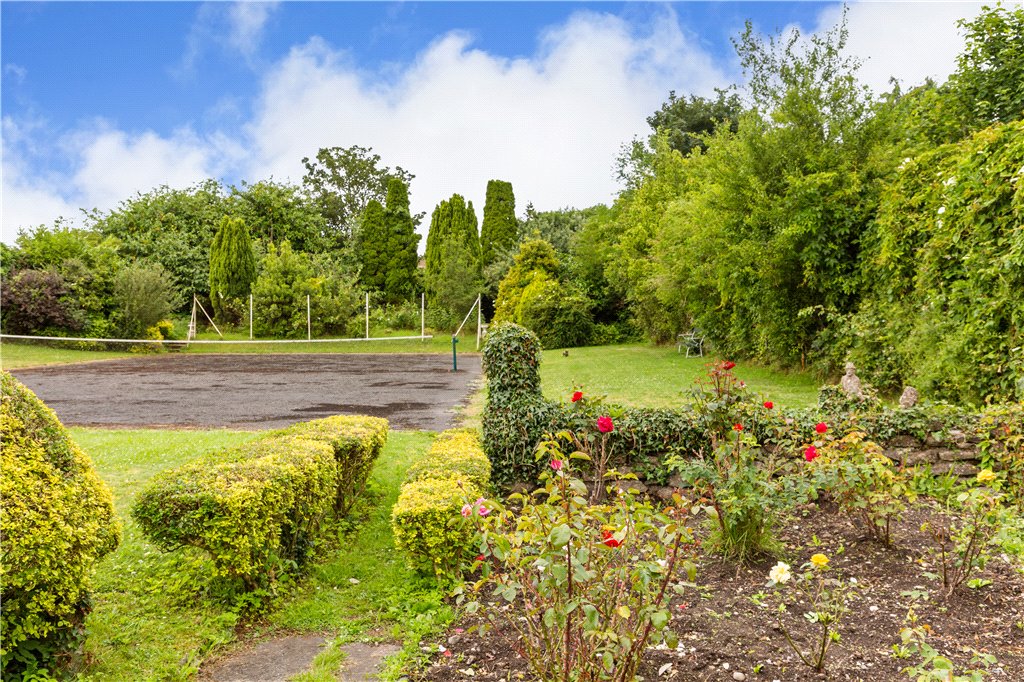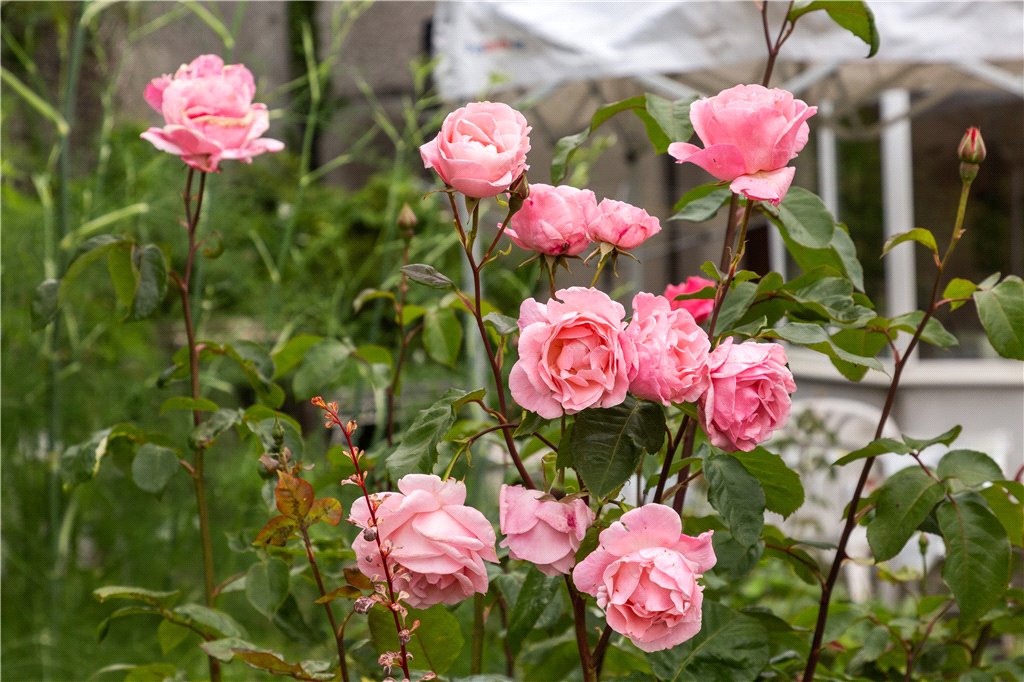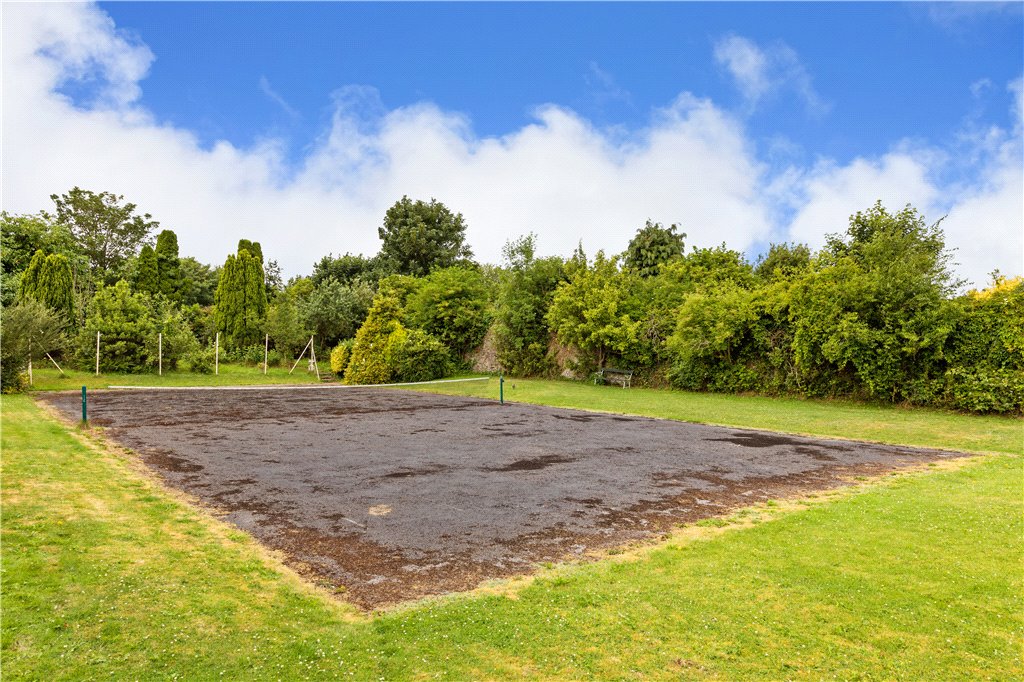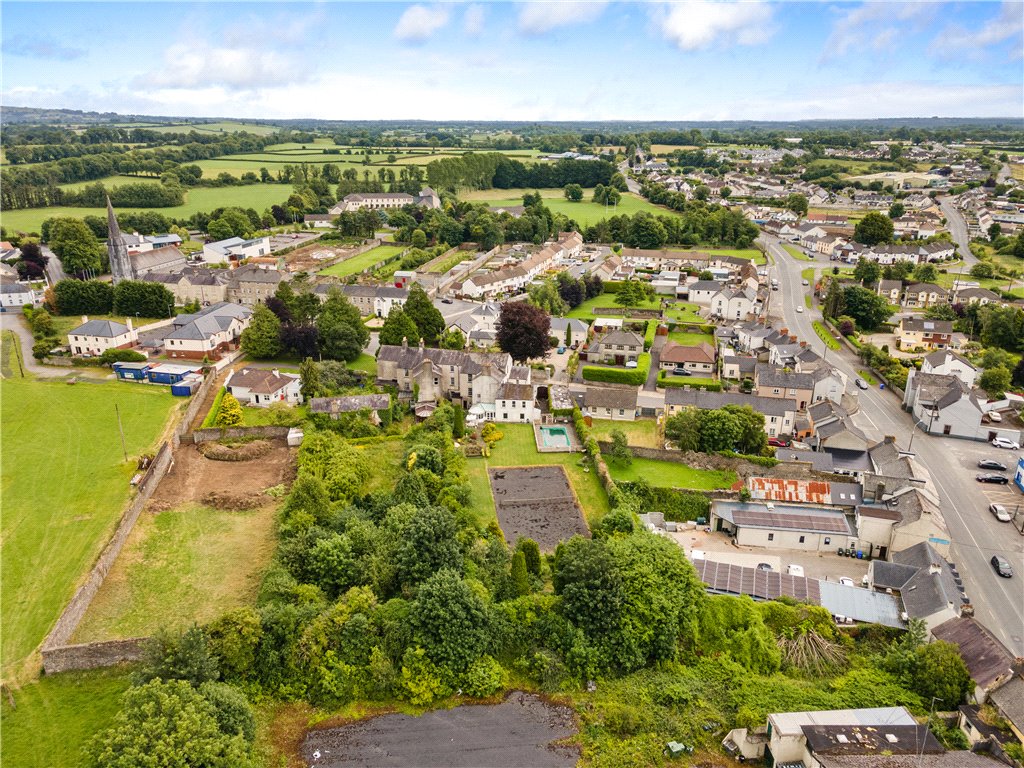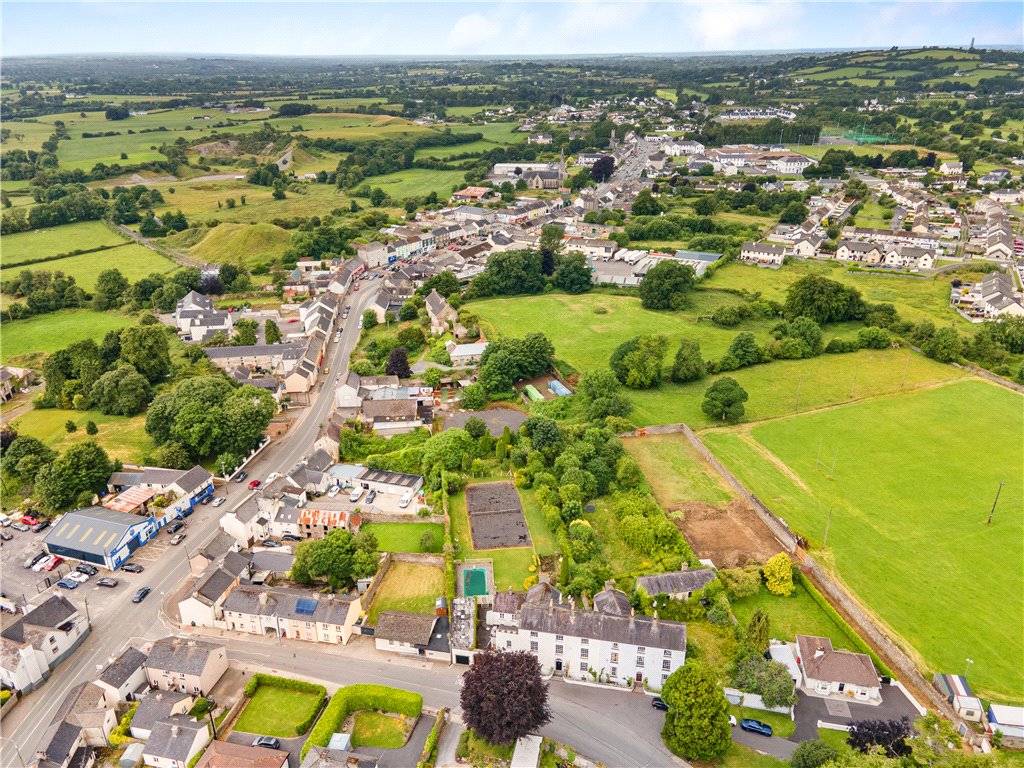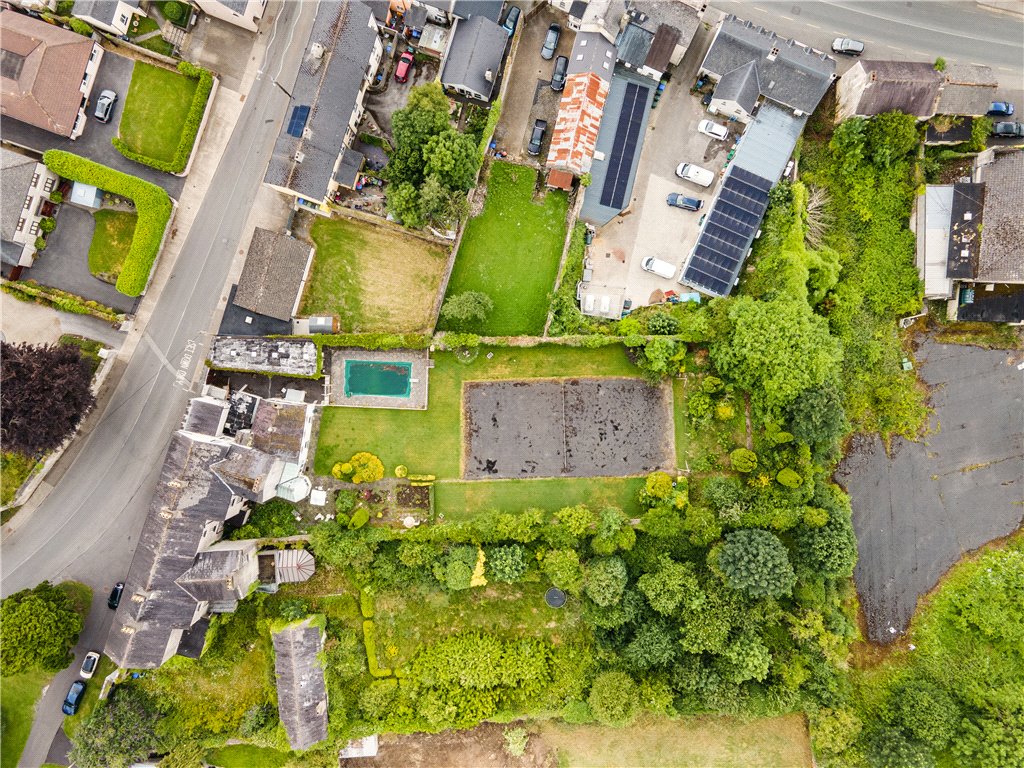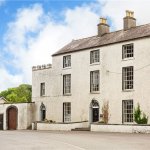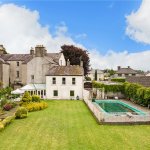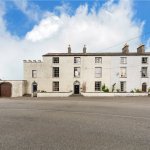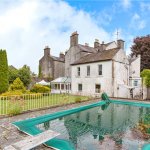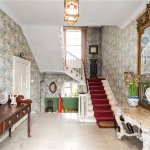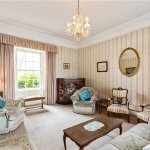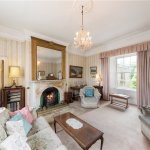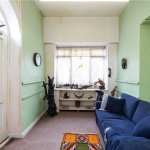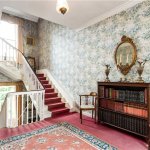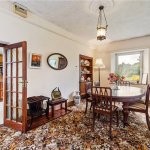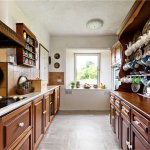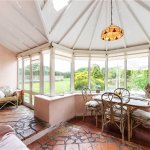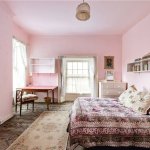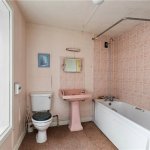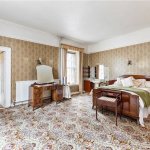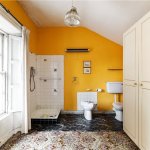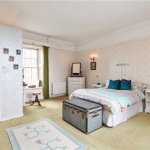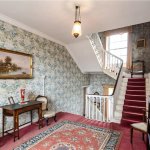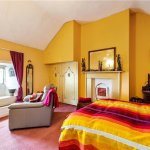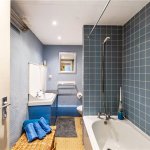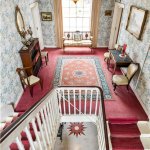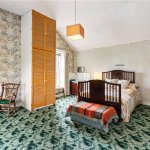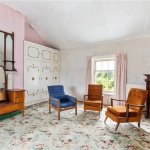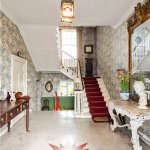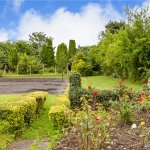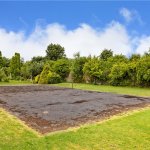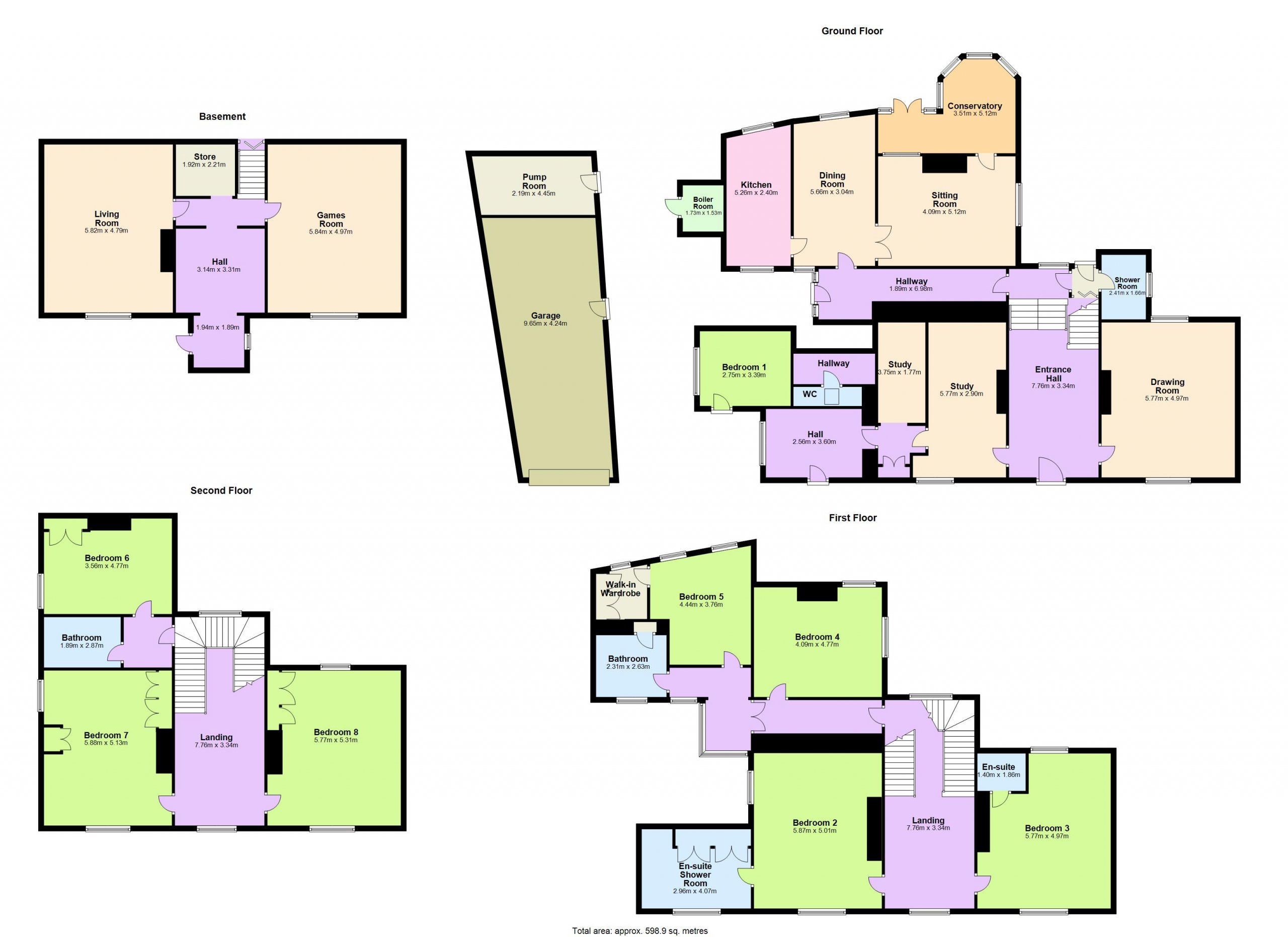Cartronkeel House The Newtown,
Cartronkeel House The Newtown,
James O'Flaherty

Is this the property for you?
 Basement
Basement  8 Bedrooms
8 Bedrooms  6 Bathrooms
6 Bathrooms  514 sqm
514 sqm Cartronkeel House is a magnificent early Georgian period home, boasting 8 bedrooms and 6 bathrooms. With a rich history dating back to its construction in approximately 1789, the property is imbued with a sense of timeless charm. Nestled on a generous 0.6-acre plot, it offers ample space for both indoor and outdoor activities.
The ground floor welcomes you with an imposing entrance hall with ceilings towering at 3.
Cartronkeel House is a magnificent early Georgian period home, boasting 8 bedrooms and 6 bathrooms. With a rich history dating back to its construction in approximately 1789, the property is imbued with a sense of timeless charm. Nestled on a generous 0.6-acre plot, it offers ample space for both indoor and outdoor activities.
The ground floor welcomes you with an imposing entrance hall with ceilings towering at 3.3 meters. The entire ground floor exudes a sense of grandeur and spaciousness. To the right of of the entrance hall is the drawing room, featuring an original marble fireplace and large dual aspect Georgian windows. Continuing towards the front section, two elegant studies await, also adorned by an 18th century marble fireplace, sash windows and original coving. Bedroom 1 is located on the ground floor to the south part of the building, next to its own private WC.
The west-facing rear section of the ground floor accommodates a sitting room, dining room, well-equipped kitchen, and a bright conservatory, providing a seamless connection to the large walled garden at the rear.
The first floor features a bright, attractive landing and four bedrooms, three of them ensuite. There are high ceilings with ornate coving throughout, creating a spacious and airy atmosphere. Bedroom 2 benefits from dual aspect sash windows, allowing ample natural light to enter the room, which is adjacent to a generously sized dressing room.
Bedroom 3 has dual sash windows offering lovely views of both the front and rear of the property. Bedroom 4 also enjoys the advantage of dual aspect sash windows, enhancing natural light and ventilation. Bedroom 5 is a spacious room with a walk-in wardrobe. It provides verdant views of the private garden, allowing occupants to appreciate its beauty and tranquility.
On the second floor of this exquisite property is another spacious landing. Bedrooms 6 has one south-facing window with views extending to the Slieve Bloom Mountains in the distance. Bedroom 7 has dual aspect sash windows, a corniced ceiling and handsome mantelpiece. Bedroom 8 offers attractive views over the landscaped green areas to the front and the lush garden to the rear.
An atmospheric basement area provides additional storage space and convenient access to the outdoors at the front of the building. It also features a fascinating recreation of a 19th century Irish kitchen, complete with open hob and vernacular furnishings.
In the yard, there is an expansive garage, offering versatility as a secure parking spot, workshop or storage area. Next to it is a pump room and a boiler room opposite. The rear of the property is a paradise of leisure and beauty, boasting a rose garden, mature trees and shrubs, a tennis court, and a swimming pool.
History
During the 1640s, Oliver Cromwell and his army used Moate as a stopover due to its strategic location exactly halfway between Dublin and Galway. As a gesture of gratitude to his loyal soldiers, Cromwell granted them plots of land that had been confiscated from Irish landowners. One such plot, seized from the local Dillon family, was gifted by Cromwell around 1650 to Peter Humphreys, an ex-Cromwellian soldier. Humphreys sold a portion of this land in 1680 to another English former soldier named John Clibborn, who had made Moate his home. His son George constructed Cartronkeel House on this land in the late 1780s.
Built as an investment property, it was leased in 1799 to William Pym, a linen merchant whose family hailed from Durham. In 1894, one of John Clibborn’s grandsons, Theodore Clibborn, sold the house to Robert Johnson of Farnagh. It was inherited by his daughter Irene Bredin, who died in 1956. She left the house to her daughter Betty, who had married a Clibborn from Moate but resided in England. In 1960, Cartronkeel House was purchased by Dr Alec Hughes and has remained in the ownership of the Hughes family until the present day.
Property details
Lisney services for buyers
You may also like
- Map
- Street View




